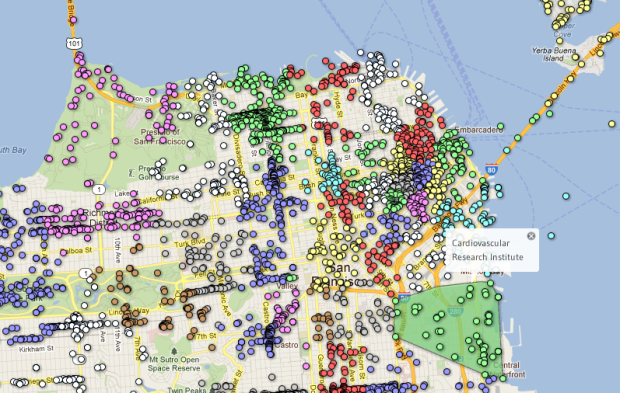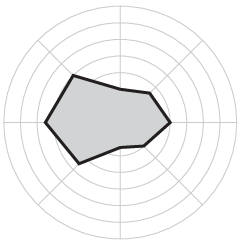Robert Groves, director of the U.S. Census Bureau, on the Appropriations Bill:
The Appropriations Bill eliminates the Economic Census, which measures the health of our economy. It terminates the American Community Survey, which produces the social and demographic information that monitors the impact of economic trends on communities throughout the country. It halts crucial development of ways to save money on the next decennial census. In the last three years the Census Bureau has reacted to budget and technological challenges by mounting aggressive operational efficiency programs to make these key statistical cornerstones of the country more cost efficient. Eliminating them halts all the progress to build 21st century statistical tools through those innovations. This bill thus devastates the nation’s statistical information about the status of the economy and the larger society.
A lot of the negative comments following the post are from people who have never used Census data, or any substantial amount of data for that matter, and have no clue how a dataset can feed into a model to make other estimates. Then there’s the people who don’t want to answer questions about their toilets. I wonder what their Facebook profiles look like.



 The series premiere of
The series premiere of 

 Visualize This: The FlowingData Guide to Design, Visualization, and Statistics (2nd Edition)
Visualize This: The FlowingData Guide to Design, Visualization, and Statistics (2nd Edition)










